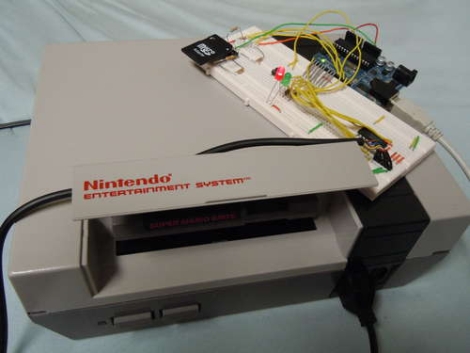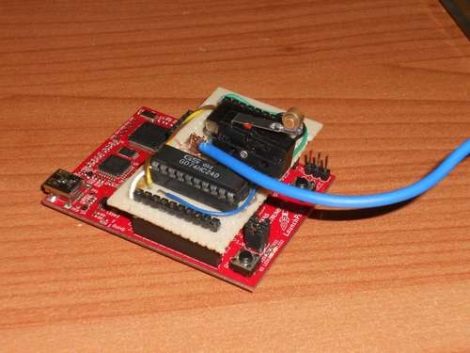
LEDs make everything better, right? What about your dog? [Ken] tries it out on one of his frisky dogs who loves to run whenever she gets out with a LED dog collar. It’s an off the shelf dog collar sporting 5 blue LEDs, and is powered by an attiny2313 micro controller, which makes adding / changing light sequences quick, easy, and also allows for future upgrades. Small PCB’s are made and to help keep minor amounts of the wild from frying. the electronics parts are encased in hot glue, and the whole thing is powered by 3 AAA batteries.
While it’s an early test of the device, and there is more to come, like an automatic trigger as [Sunshine] bolts for the door, but it seems like a great help while chasing after a runaway dog in the dark.
Join us after the break for a quick video.












